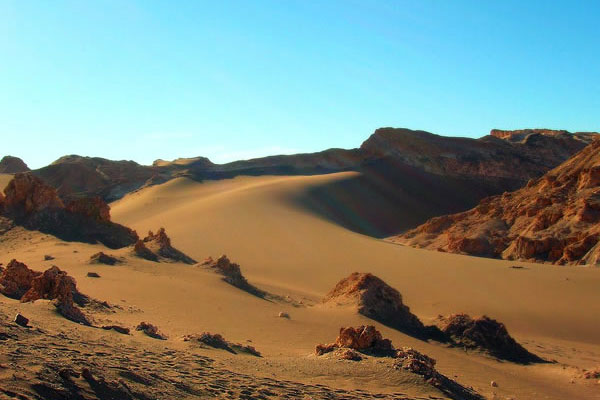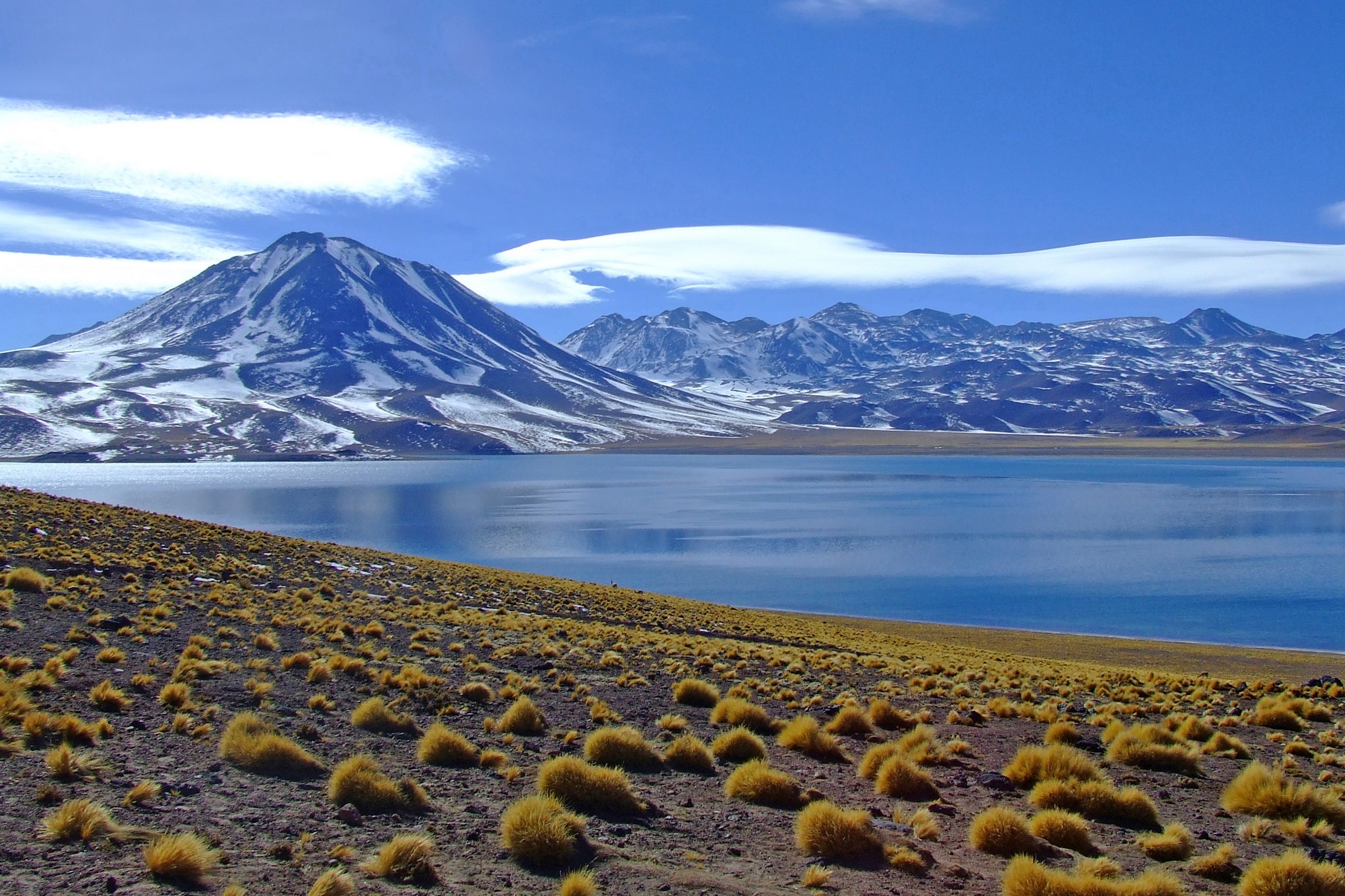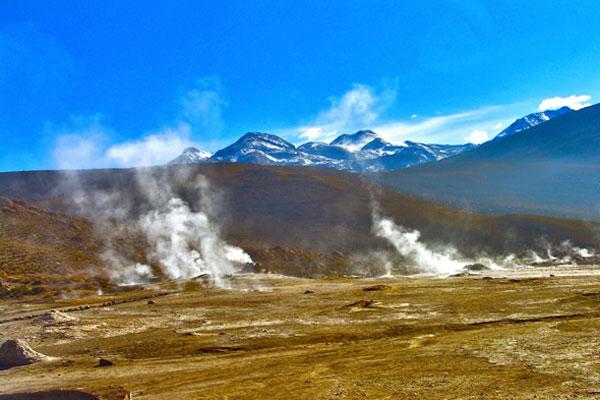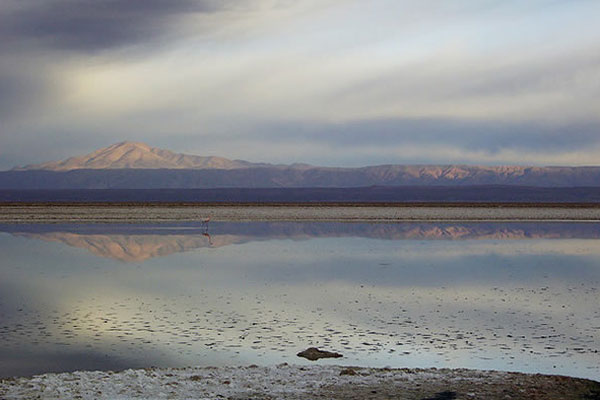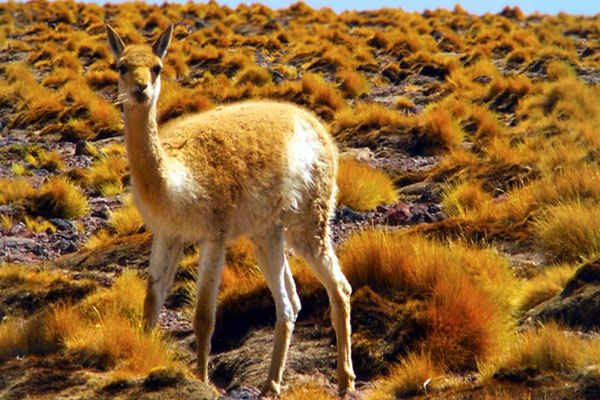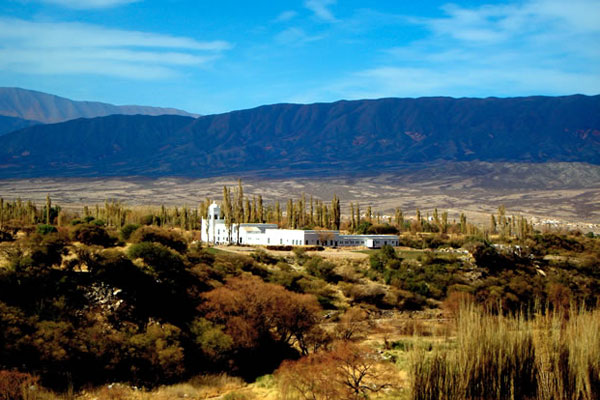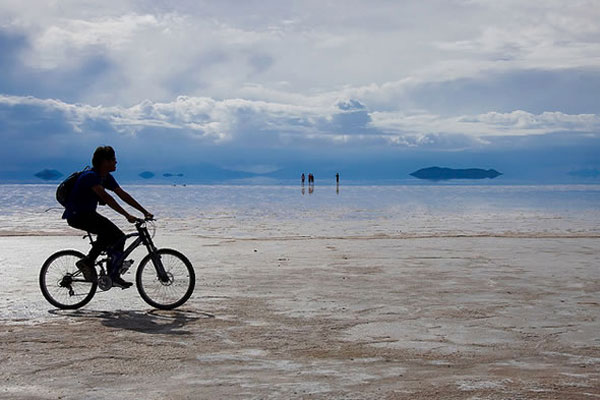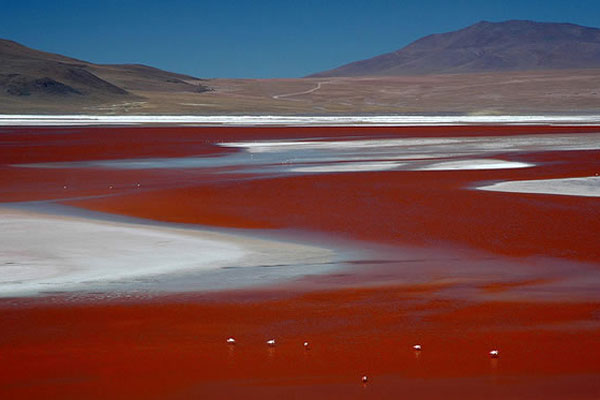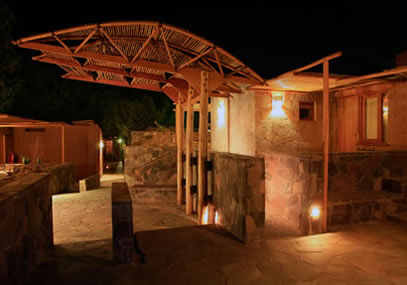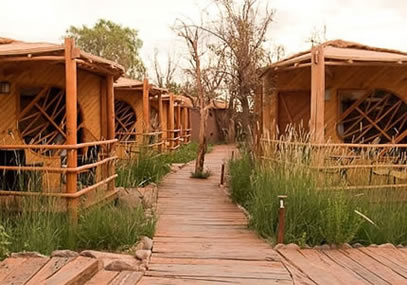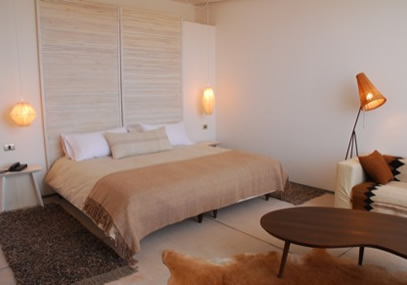Girovai.com will guide you through the driest desert in the world. Visit the spectacular scenery of the Andes at high altitudes. Visit the salt flats and the geysers. Experience the local customs and culture.
Notwithstanding The Absence Of Rainfall And The Extreme Aridity Of The Soil, Plant And Animal Species Have Great Capacity To Adapt To The Harsh Climatic Conditions In The North Of The Country.
Thus we find, for example, The Artemia, a brine shrimp, an invertebrate organism 1 cm long, whose predator is the Flamenco, (Flamingo) a bird that is recognized by its white-pink plumage and elegant flight, often in flocks. The Condor, the most impressive bird of the Andes, measures about 3.5 meters and weighs about 12 kilos. Other bird species are the Andean Partridge and Rhea. Mammals include the Llama, Alpaca, the Guanaco and the Vicuña, besides the red foxes and rodents as Vizcacha and Chinchilla.
The flora is composed by herbs and flowers such as salt grass, thyme and Llareta that stands out above others because its ability to adapt. In fact, this endemic species is distinguished by its extreme hardness, similar to the rocks where it grows, preferably between 3,000 and 5,000 m.o.s.l. It is a long lived species with slow growth. To reach half a meter thick it requires from 100 to 150 years and examples of 500 years or more can be found . It has a highly prized resin that led the mining industry to an indiscriminate exploitation of it as fuel endangering its existence.
Among the trees, the Chan and Algarrobo, characterized by its greenery and friendly haven its shade offers, plus some fruit species.
There are also several species of cactus, a plant family that, in their adaptation to arid climates, the leaves fell off and covered itself with thorns where water concentrates. Among them are the Chandelier and Cardon.
Photo: Wikipedia.com
From The Eleventh Century, In Northern Peru, The Aymaras, Atacameños And Diaguitas, Established Farming Cultures Strongly Influenced By The Inca Empire.
In fact it is an area of great archaeological and cultural wealth. The Cerro Pintado Geoglyphs and Lasana and Quitor Pukarás tell us about the high level of development the original peoples of the area reached.
Of all the peoples, the Collas stand out. They were authentic bearers of traditional Andean way of life through the preservation of many cultural patterns such as the pastoral economy in high places, and agricultural as potato and corn farming, the collection of carob and salt; house building, traditional medicine and divination techniques, musical instruments Erques, Quenas, Pinkullo, Sikus and Drums, the cult of mother earth and innumerable beliefs, rituals and social practices. The ancestral religion, that far from being dominated by the new official religion, has coexisted with it in a new form that has been redefined as popular religiosity.
Closer in time we find the Salitreras, the testimony of a glorious past. Finally, the use of nitrates was later replaced by copper mining.
Photo: Wikipedia.com
It Is Through Art, Rites And Customs That People Typically Preserve And Rescue The Essence And Value Of Their Roots. In The Case Of The Altiplano, This Has A Profound Meaning And They Express It Through Numerous Commemorations.
Typical Fiestas of the Altiplano The celebration of the most popular festivals of San Pedro and nearby localities, are rooted in religious beliefs and are therefore of great importance in the lives of the people living in the highlands. These fiestas are the result of a mixture of ancestral rites and cults brought by the Spanish, especially Christianity in the Catholic faith. Here we share a list of the most important holidays in the area and the dates traditionally performed.
January: Fiesta de la Virgen de la Candelaria, town of Caspana. January 31 to February 3.
February: Carnival in Pueblo Atacameño and several villages in Region II. February 5 to 10.
May: Fiesta de la Santa Cruz, San Pedro de Atacama. May 1 to 4.
June:
- Machaqmara (Aymara New Year). June 21.
- Livestock Prosperity. Takes place in the Atacameños villages. June 24.
- Indigenous Peoples’ International Day. June 24.
- Fiesta de San Pedro and San Pablo. One of the most important in the region, as it reminds the patron saint of the village.It lasts a week,and ends on June 29, when the statue of San Pedro is taken through the streets of the town.
- July: Feast of San Santiago in the small town of Santiago de Rio Grande. July 23 to 26.
- August:
- Pachamama. Payment to the Pachamama. Atacameño people. August 1.
- Indigenous Peoples’ International Day. August 9.
- Ceremony of Limpieza de Canales, Calama and San Pedro de Atacama.
- September:
- Indigenous Woman’s International Day. September 5.
- Fiesta de la Virgen de Guadalupe, the most important celebration of the province of El Loa. September 8.
October: Ceremony Limpieza de Canales, Calama and San Pedro de Atacama.
Inside The North Is The Atacama Desert, With Little Rain.
Despite its proximity to the Pacific Ocean, two main factors determine its barrenness: 1) the influence of the South Pacific anticyclone that blocks the passage of frontal systems and 2) the barrier effect of the Andes, which prevents arrival of moist air masses from the continental tropical sector.
In the Altiplano, strong solar radiation and nocturnal emission of infrared radiation from the surface explain the strong thermal contrast between day and night. Thus, most nights (even in summer) may freeze and it can be hot at noon. The variation in temperature can be 30 ° C in the same day, -5 ° C at night and 25 ° C at noon.
The presence of Lake Titicaca determines a variation in humidity and temperature of the area: more humid in the north and west than in the south and east.
Photo: Wikipedia.com
Light, comfortable and warm clothing, fleece advisable, shirts, underwear (socks for replacement), shorts, pants and windbreaker. Type trekking shoes,sneakers, sandals and swimwear.
Glasses with UV protection,a jockey, a wool cap, gloves, sleeping bag for low temperatures, towel, water bottle, high factor sunscreen, camera and video camera, batteries, disposable wipes, binoculars, personal hygiene and first aid items.

